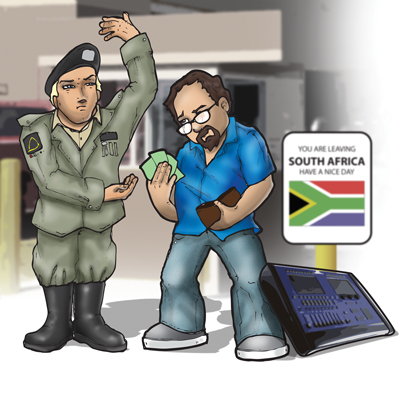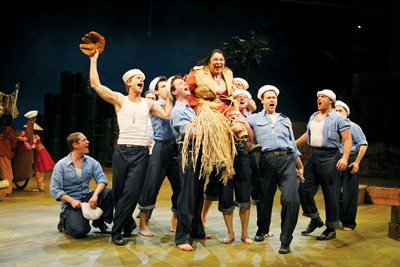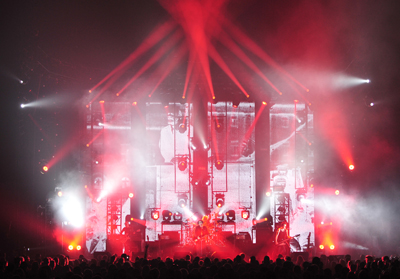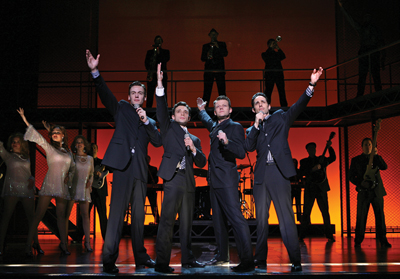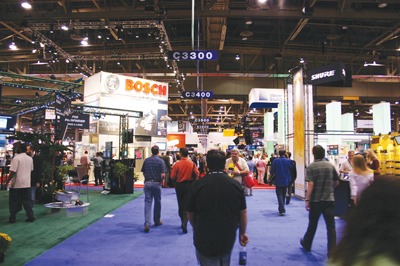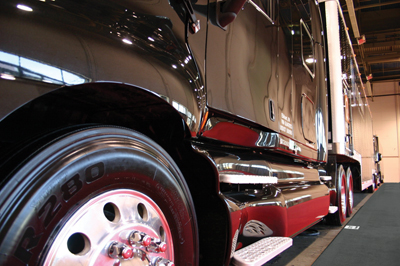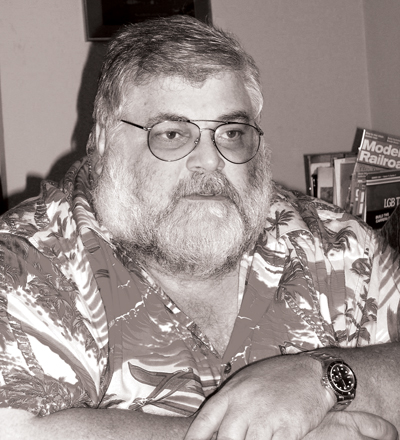Blame the Gear
It’s become painfully evident to me that this industry has been overrun with people who take too much responsibility for their actions. Every day it seems like I’m on a show where a technician double-checks his work, a programmer tests her backup console or a designer accepts the blame for an uneven front wash.
People! This has got to stop!
